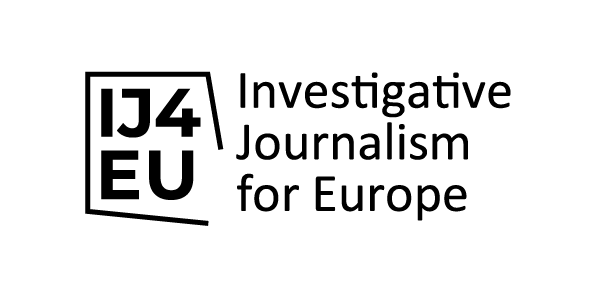Can Scandinavia Liberate European Wine From Climate Change?
As Sweden and Denmark innovate wine to withstand climate change, they also alter its cultural fundamentals – for better or worse.
There’s an old legend in Sweden that goes something like this: Once upon a time, there was a mighty and magical creature named Gotland. Witches put a cruel spell on it: by night, it took the form of an island – but as soon as the sun came up, it would sink underwater, destroying everything and everyone on it.
One day, a man named Tjelvar ventured out to Gotland; before sunrise, he started a fire. Miraculously, this broke the curse. Gotland no longer had to sink and could stand proud for all eternity.
Fast forward to 2024, and Sweden’s largest island still has that mystical quality. Located in the middle of the Baltic Sea, Gotland is home to sprawling burial grounds from the Viking era. Its main city, Visby, is a UNESCO heritage site thanks to its preserved medieval character. Gotland hosts an active Swedish military base, with planes howling in the skies on a daily basis.
Its seemingly endless coastline is studded with raukar: impressive stacks of limestone that jag out of a tormented sea, with waves at the mercy of sweeps of aggressive wind. In many ways, Gotland is emblematic of Scandinavia in its climatic harshness – but also in its somber atmosphere.
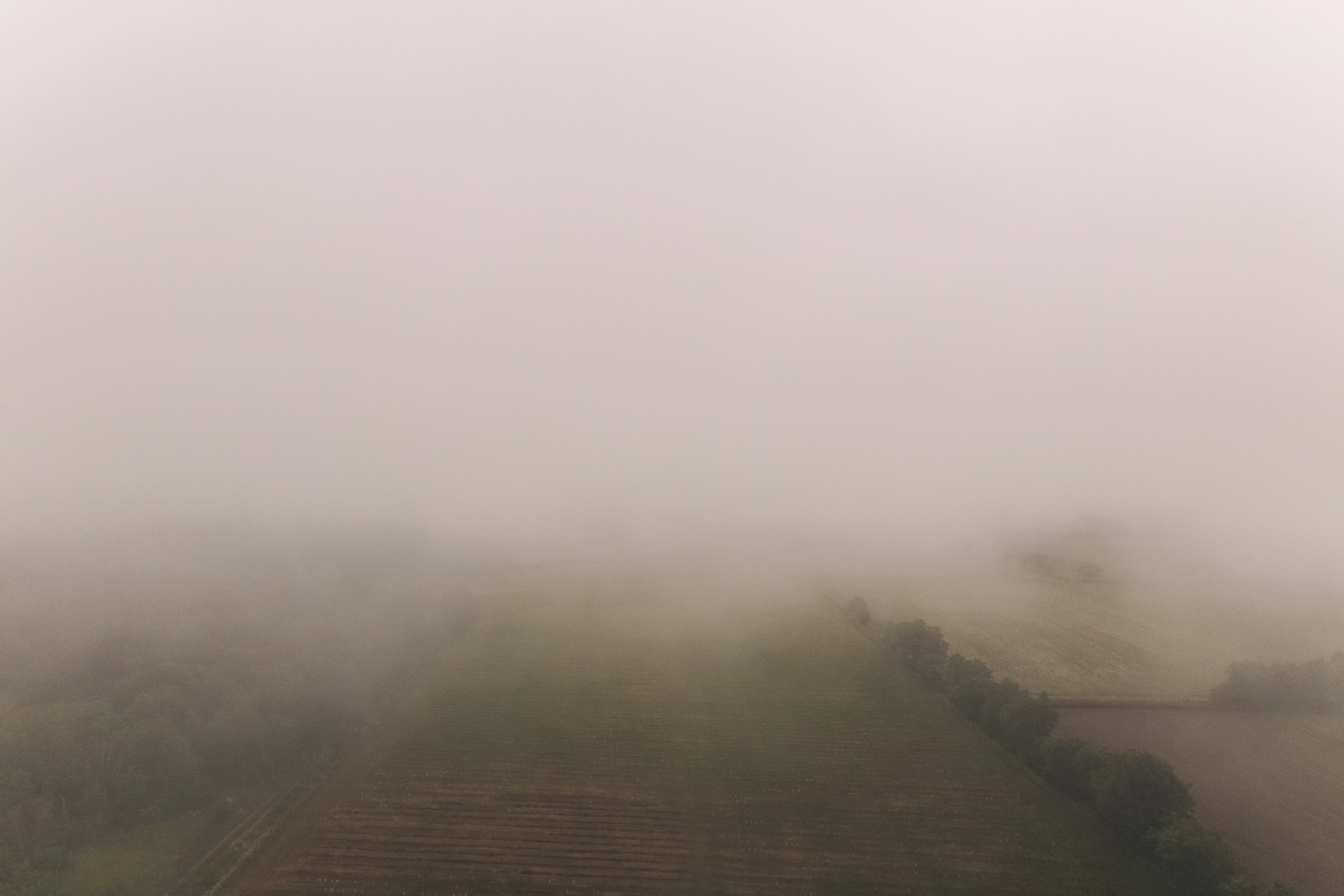
So, within that context, it’s perhaps surprising to find what feels like the opposite: an Italian-Swedish couple nurturing lush grapevines over a picturesque plot of land for their winery, Långmyre.
Wine in a time of climate crisis
“We’re trying to make Scandinavian, cold climate wine,” says Andrea Guerra, one-half of the couple. “We’re not trying to make French wines.” 30 years ago, Andrea’s statement may have raised a few skeptical eyebrows. But today, it rings sober and true – for better or worse. Climate change is fundamentally altering the European wine landscape.
As temperatures soar, centuries-old wine regions are under threat – existentially, but also acutely. For example, this year, Italy reported a below-average harvest; France reported a dismal one, directly blaming the climate crisis for ‘devastating’ the grapes from its Jura region. And across the continent, winemakers struggle to make their wines taste like they’re supposed to due to rising alcohol content – a result of blazing sun speeding up the fermentation process, which leads to more sugar.
As temperatures soar, centuries-old wine regions are under threat – existentially, but also acutely.
At the same time, Scandinavia’s wine industry is seemingly flourishing. In 1999, the EU designated Sweden a wine-producing country; Denmark got its go-ahead in 2000. Locals began planting and bottling, mostly as a hobby, but as the years went on, more and more vineyards in Scandinavia gained experience – and slowly, began to professionalize what they do.
Today, Denmark has around 90 certified vineyards. Since 2018, it’s even had its own appellation; in other words, an official stamp of quality. Sweden’s industry is still considerably smaller; it only has 50 commercial vineyards across its 450,295 km2. But experts think that this is just the beginning of a Nordic wine revolution: it is projected that Scandinavian wine will become a billion-euro industry within a few years.
PiWi power: the rise of the disease-resistant grape
“We didn’t first choose to be in a northern country and then try to find grape varieties that match that climate; we thought it would be easier to be in a milder climate, actually. The grapes we use chose Sweden for us,” says Emma Serner, the other half of the Långmyre winery. Guerra and Serner exclusively grow PiWi grapes; the term is an acronym for the German word pilzwiderstandsfähig, which basically means ‘fungus-resistant’. PiWis are hybrids of European and North American wine grape species; though they’ve been around since the early 20th century, they haven’t been widely used – until now.
As climate change becomes even more menacing, raising the interest in sustainable agriculture, PiWi wines have gained traction in European wine circles. Arguably, nowhere is this more prevalent than in Scandinavia. For instance, in Austria, 2% of their grapes are PiWis; in Sweden, that number soars to 95%.

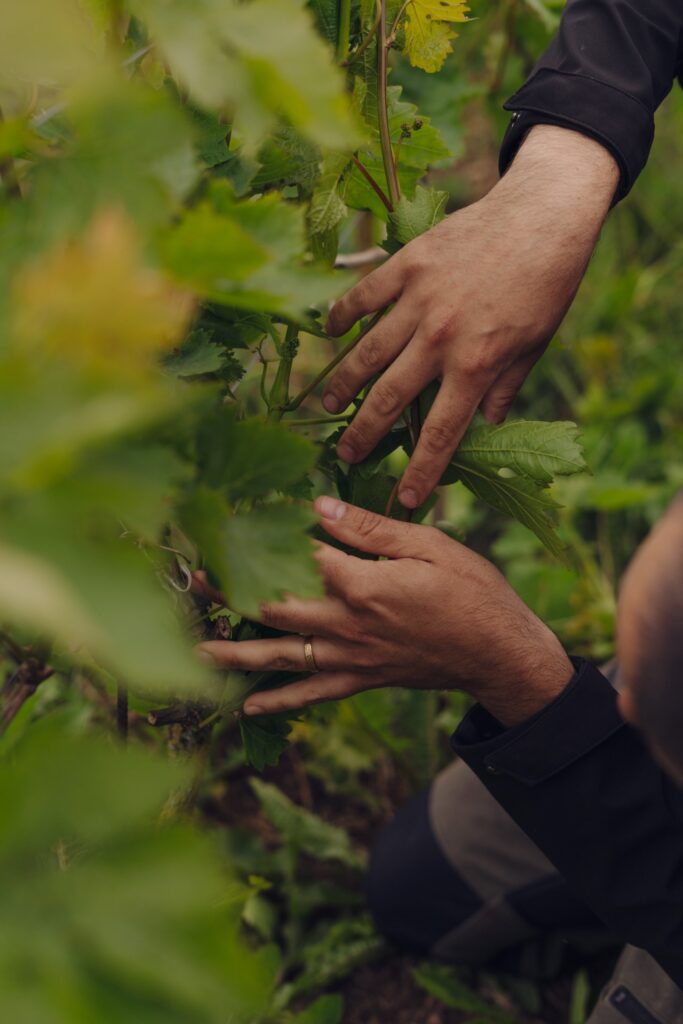
The reasons for PiWi’s popularity stems from the variety’s characteristics reading like the golden ticket to growing wine in Scandinavia: these grapes thrive in colder climates, are disease-resistant – and grow vigorously even in unpredictable conditions, theoretically rendering stable yields no matter what.
Långmyre Winery makes rosé, whites, oranges and reds that sing with the characteristics of the terroir they’re working with. They’re bright, crisp and acidic, with an herbal, mineral quality. “We like our wines light,” Guerra firmly says. Herein lies the trade-off: PiWi grapes result in fresh wines like the ones Långmyre makes; bottles that would be just the thing for a balmy, summer day, or a Nordic feast of pickled herring and potatoes.
We wanted to make a wine that could be comparable to Spanish, French or American wine – so you pretty much couldn’t say it’s Swedish.
Heather Öberg
But they won’t give you a full-bodied, velvety red, which most Europeans prefer to drink. So, if PiWi grapes are the European wine industry’s savior in the face of climate change, they’ll do their job… but without the body and complexity that wine consumers on the continent crave.

At least, that’s what Emma Berto thinks. She’s one of the two winemakers and oenologists at Thora Vineyard, in Sweden’s Bjäre peninsula. Only 30% of their grapes are PiWis; the rest are traditional ones like Pinot Noir, Chardonnay, Gamay and a handful of others they ‘experiment with’. “We wanted to make a wine that could be comparable to Spanish, French or American wine – so you pretty much couldn’t say it’s Swedish,” adds Thora’s co-owner, Heather Öberg.
According to both her and Emma, making quality wines that are staples at Michelin-starred restaurants has been Thora’s goal since day one. So, yes, Berto’s traditional grapes require more maintenance than PiWis in a Swedish climate. But to her, it’s worth it if the wine at the end of the process is simply better.
“Since [the PiWi grape] Solaris is vigorous, we need to cut extra shoots and extra grapes from the vines because there are too many. But even if you’re cutting grapes, the plant will produce them again. So, Solaris is more… rustic,” she says diplomatically. “It’s not as delicate as other grapes.”
The Nordic draw for young winemakers
Berto was raised in France; she and her partner, Romain Chichery, studied oenology in Montpellier. But after they both finished school, COVID-19 struck. Work was hard to come by and when she did land a position as a second-in-command producing Châteauneuf-du-pape, Emma found that the working environment and mentality didn’t suit her. “The vineyard’s owners were tough. And it didn’t fit with my philosophy: I wanted to work with an organic product,” she explains.
The couple started looking elsewhere for work. Chichery stumbled upon a Facebook post from a small vineyard in Sweden called Thora, looking for a winemaker couple to run it. After a short video interview with the vineyard’s owners, the couple got the job. They’ve been making the wine at Thora since 2021.
A major Cava producer from Catalonia recently fired 600 employees, because climate change reduced their yield for the year by a whopping 40%.
“In France, it’s very traditional. Here, there’s comparatively very little tradition. So, for you as a winemaker, it’s kind of exciting! There are no rules,” Berto elaborates. “When we arrived here, I was 25. It would have been very difficult for me to find this kind of job opportunity in France: people my age just don’t get this kind of responsibility there.”
In France, grape growers are on average 50 years old; vineyards are usually passed down to family members. It’s logical that Berto and Chichery aren’t the only examples of young talent escaping the shackles of tradition in Europe’s historic wine regions for freedom to grow something special up north. To be clear, there is a potent lack of research illustrating where young winemakers in Europe are working, and why, but different pieces of evidence paint a particular picture.
“Of course, climate change plays a role in people wanting to come here,” says Emma. For example, a major Cava producer from Catalonia recently fired 600 employees, because climate change reduced their yield for the year by a whopping 40%.
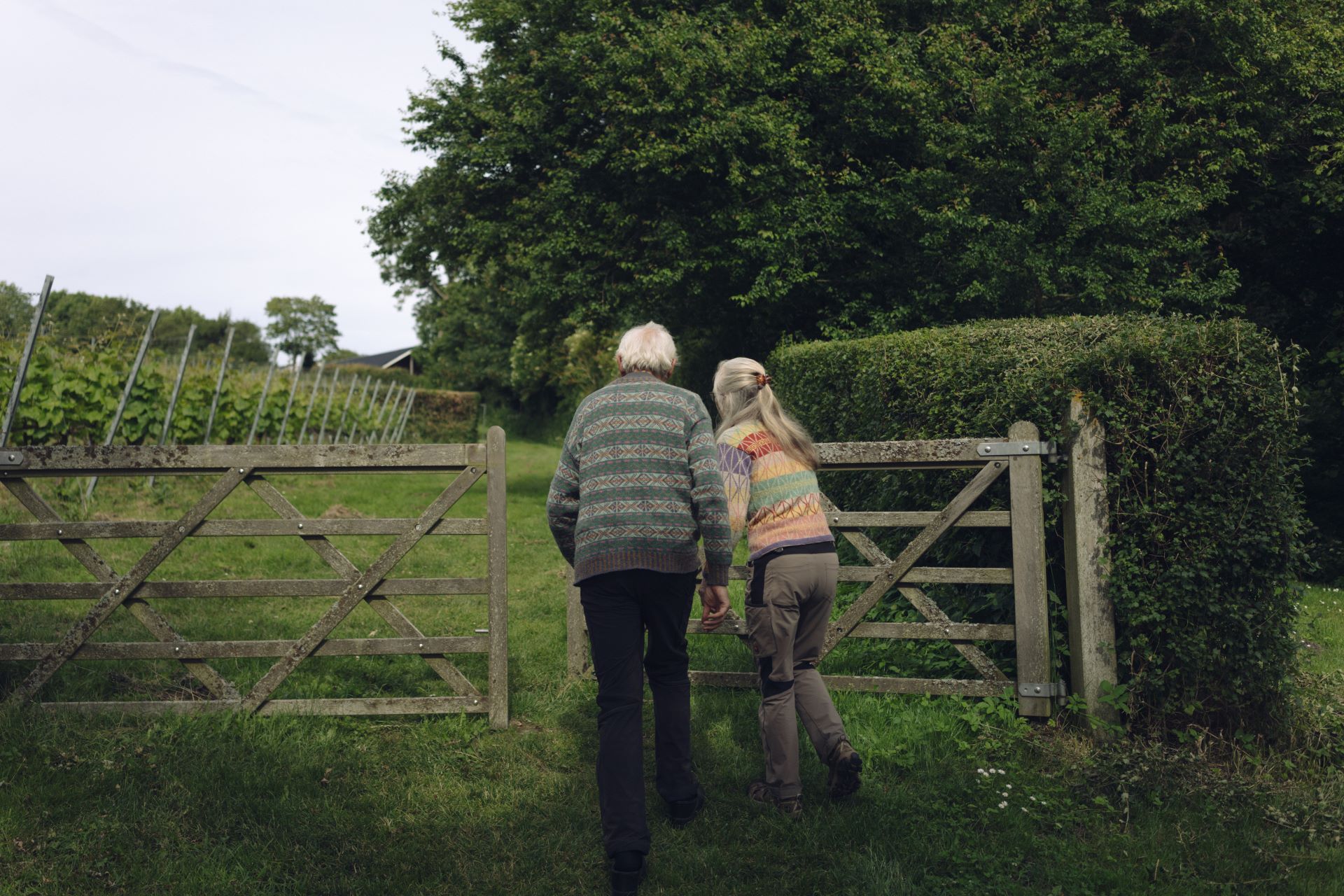
For this story, I visited five vineyards across Denmark and Sweden: every single one spoke of an influx of young, foreign talent as one of the reasons that the Scandinavian wine industry has matured so much over the last decade.
Scandinavia is not climate change-proof
The problem is that climate change doesn’t discriminate. Scandinavia’s budding wine industry is often positioned as climate-change proof; under the logic that, if everywhere is getting warmer, the same goes for Scandinavia… which would give it just the right temperature to produce wine in ways that will soon no longer be possible in southern countries.
According to Niels Fink, co-owner of Vejrhøj Vineyard, located about one hour drive northwest of Copenhagen, in Denmark, the reality is a little bit more complicated. “The important things that have made Danish wine production possible are new cultivars and a climate that is a bit warmer. But that’s not the only story,” he says. “The thing affecting us most is extremes in the weather patterns. We have long periods where it rains for eight weeks, and afterwards it’s dry for eight weeks. That’s really stressful for the plants.”
2023 was Denmark’s wettest year since 1874. In 2024, it was the opposite: Danish vineyards reported a fruitful harvest, citing great weather in May and a mild summer. At the same time, the Danish Meteorological Institute predicts that extreme weather events, like heat waves, heavy rainfall and flooding, will become the standard.
The situation is unstable, so to protect their harvest against the threat posed by extreme weather, Fink and his partner Nina – the other half of Vejrhøj Vineyard – only make wine out of PiWi grapes, like the majority of Scandinavian vineyards. “These greenish, acidic, fresh, crisp wines are creating some kind of a Danish character,” Niels Fink remarks. “We are perhaps starting to sense something more recognizably Danish. There is a style here, but it’s early days.”
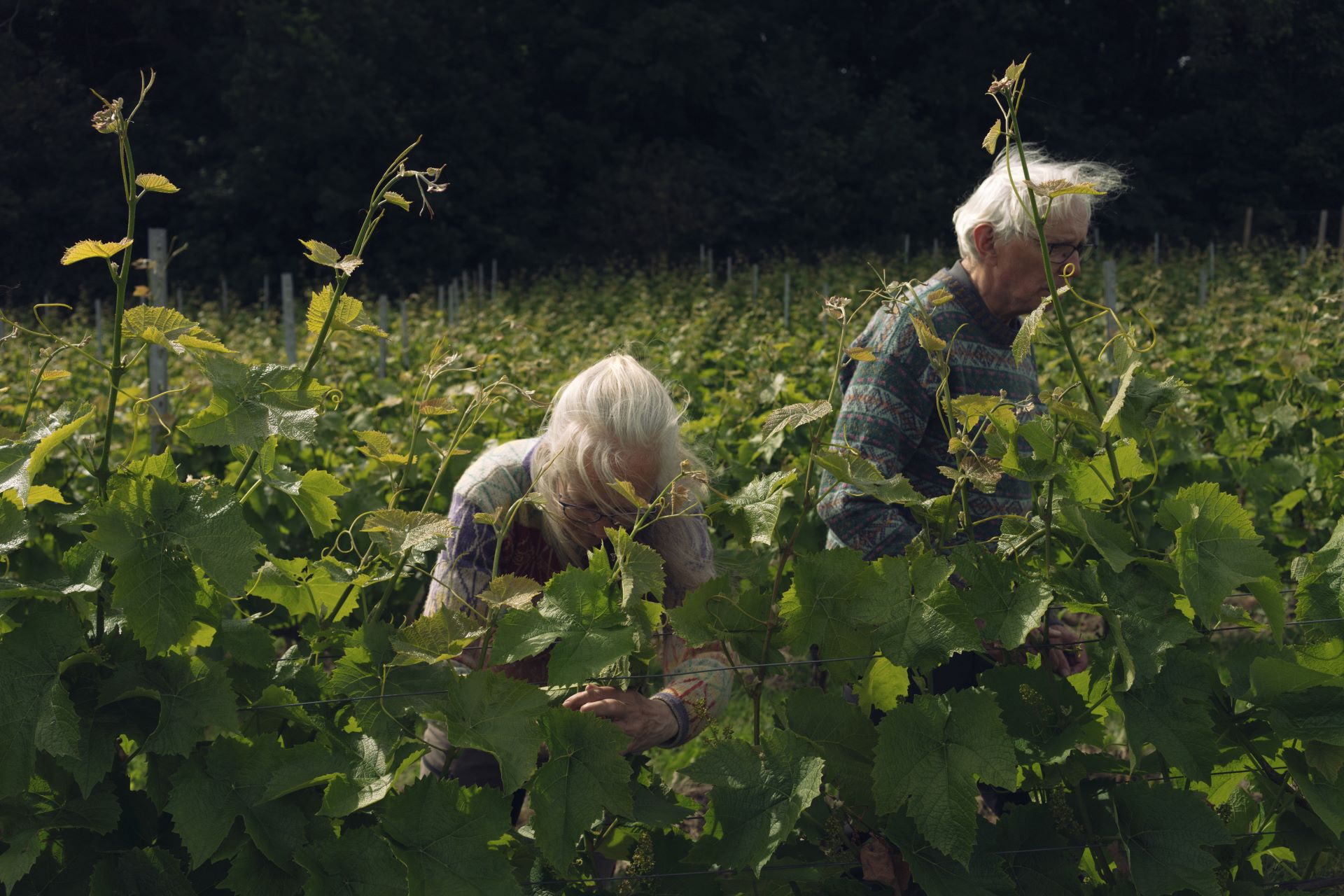
Fink is right: the Scandinavian wine industry has existed for under 30 years, compared to the many centuries that the French or Spanish have under their belt. The Scandinavian wine identity is only just beginning to emerge. But already, its roots seem to be a departure from wine as we know it in Europe, from a cultural point of view.
The humble future of Europe’s wine identity
Every country is underpinned by a value system that shapes its culture and the attitudes of its people. France is known for ‘liberté, egalité, fraternité’; in Italy, it’s campanilismo – the notion of firmly belonging to the specific place that you come from. In Scandinavia, and particularly in Denmark, it’s jantelov – a term that first appeared in 1933 in a book by Danish-Norwegian author Askel Sandemose.
Jantelov is a social code split across 10 commandments which argues that the way to achieve collective well-being and equality is to reject the notion of personal achievement. ‘Do not think you are anything special’ is a rule; ‘do not think you are good at anything’ is another one. Over time, Scandinavians have increasingly shunned Jantelov’s stranglehold on their identities. But the stamp it has left on Scandinavian culture still rears its head – maybe even in its wine industry.
Jantelov is a social code split across 10 commandments which argues that the way to achieve collective well-being and equality is to reject the notion of personal achievement.
I spoke with seven Scandinavia-based winemakers while writing this story. Only one of them openly says he’s proud of his wine. Instead, most winemakers seem cautious to come across as anything but cautious. “Everybody knows something about wine in Denmark, yet nobody knows anything about wine,” says Bettina Newberry, co-owner of Denmark’s largest and most commercially successful vineyard, Dyrehøj. “What’s going on in the Danish wine industry is still very experimental,” according to Neils Fink.
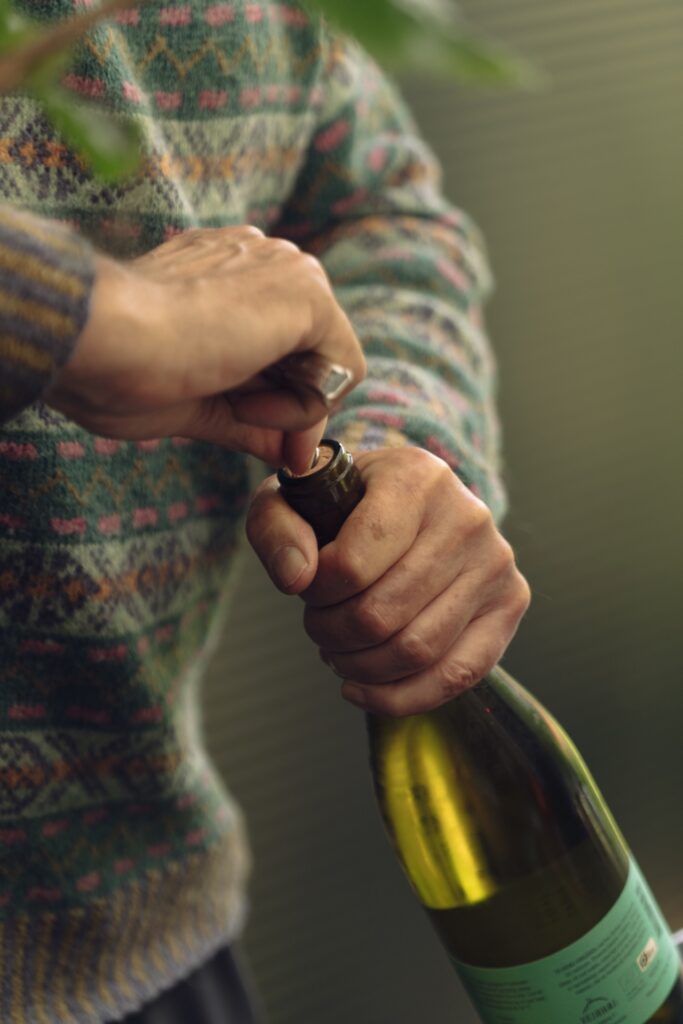
“If you taste a Swedish wine and it’s bad, it’ll just prove your conviction that Swedish wine can never be good. We cannot afford to have somebody release a wine and call it Swedish unless it meets a quality standard,” Emma Berto insists. It seems that the prevailing attitudes amongst Scandinavia-based winemakers are pragmatism about PiWi grapes; a humble conviction to simply make a good product; but also, a hesitation.
There is a reluctance to stake Scandinavia’s claim as a wine region with its own, unmistakable identity and a worthwhile story to tell.
As climate change chips away at vineyards in countries like France and Spain, it also strips away at the parts of those countries’ identities that are forged around wine; the storytelling about generations, pride, tradition, quality of life, emotion. In Scandinavia, wine isn’t tethered to identity in quite the same way for obvious reasons (the industry is young), but cultural ones, too. This isn’t better or worse; it’s just different. But this may mean that if the European wine belt continues to shift north, then the culture around European wine will change, too. Only time will tell how this change affects Europe’s wine identity. Even if the wine still tastes good.
“The wine industry is in deep trouble. Consumption and prices are going down. Costs are going up. The weather is terrible; there’s frost in spring,” says Niels Fink. A tiny smile slips onto his face. “But here, we’re in a very sweet spot.”
Cush Rodríguez Moz and Soledad Dominguez also contributed in the reporting of this story. This investigation was developed with the support of Journalismfund Europe and a grant from the Investigative Journalism for Europe (IJ4EU) fund.

